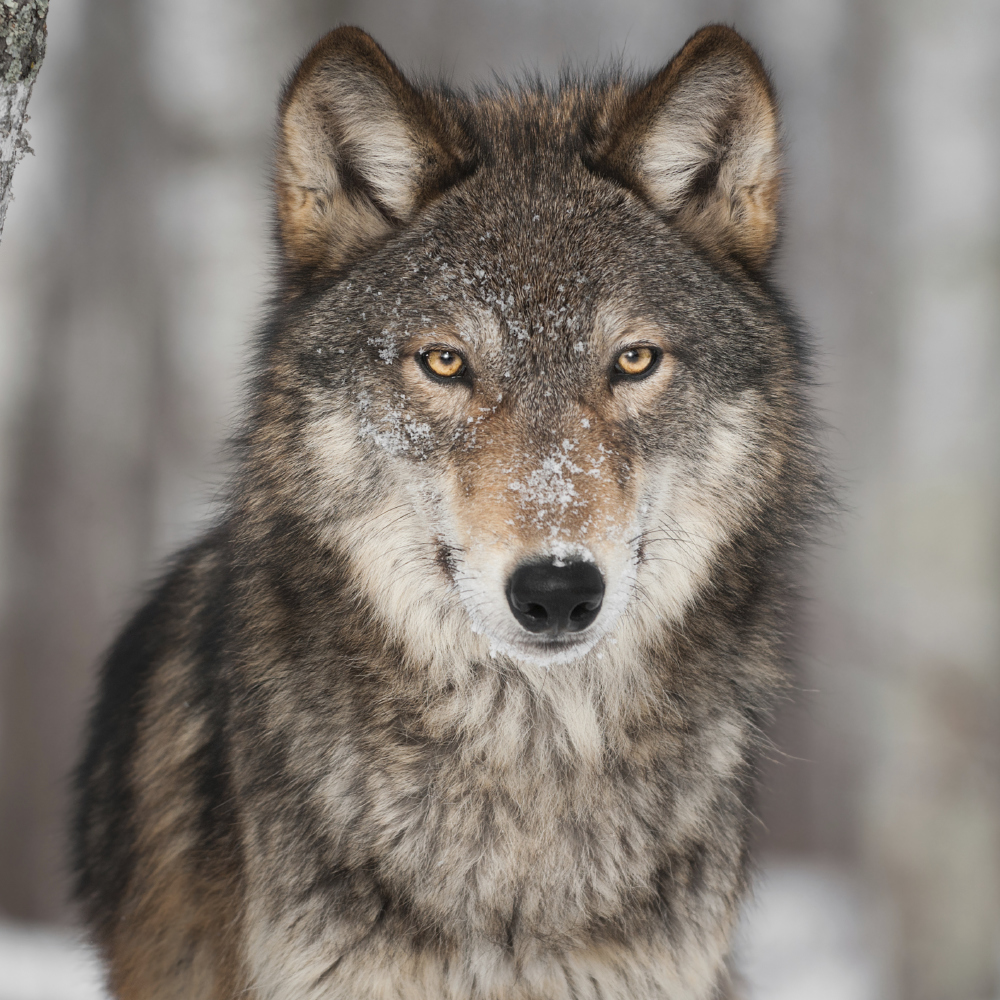Animal populations within the Chernobyl Exclusion Zone (CEZ) have flourished in the last 30 years, new research has found.

Wolf populations thrive in Chernobyl
Chernobyl, on the border of Ukraine and Belarus, was evacuated after a nuclear explosion in 1986, when around 116,000 people living within a 1,600 square mile exclusion zone were forced to abandon their homes.
The exclusion zone of Chernobyl remains off limits to humans, is teeming with wildlife, including elk, wild bison, deer, and wolves, despite the threat of radiation.
Researchers used helicopter surveys and tracks in the snow to trace the population of wildlife, according to the study published in Current Biology.
In November last year, a team of scientists began setting up automatic cameras in the Ukrainian side of the CEZ, which have provided insight into the previously unseen secret lives of the animals that have made the contaminated landscape their home.
The cameras captured images of rare species including the European lynx and Przewalski's horse. Late last year, Ukrainian researcher Sergey Gashchak captured what was believed to be the first photographic evidence of a European brown bear within the CEZ - a species not believed to have been seen in the area for nearly a century.
Other large species such as the wild boar, roe deer, and fox were found to be thriving, while the population was several times higher than in comparable, non-contaminated reserves.
"In purely environmental terms, if you take the terrible things that happened to the human population out of the equation, as far as we can see at this stage, the accident hasn't done serious environmental damage," Professor Jim Smith of Portsmouth University, one of the study's authors, told the Press Association.
"Indeed by accident it's created this kind of nature reserve.
"We're not saying radiation is good for animals, but human habitation and exploitation of the landscape is worse," he said.
Scientists hope that studying the animals can help reduce uncertainty about the risk to humans and wildlife associated with exposure to radioactivity, but judging by Chernobyl's proliferation of wildlife, it seems that man is certainly more deadly to animals than a nuclear disaster.
Chernobyl: inside the exclusion zone

